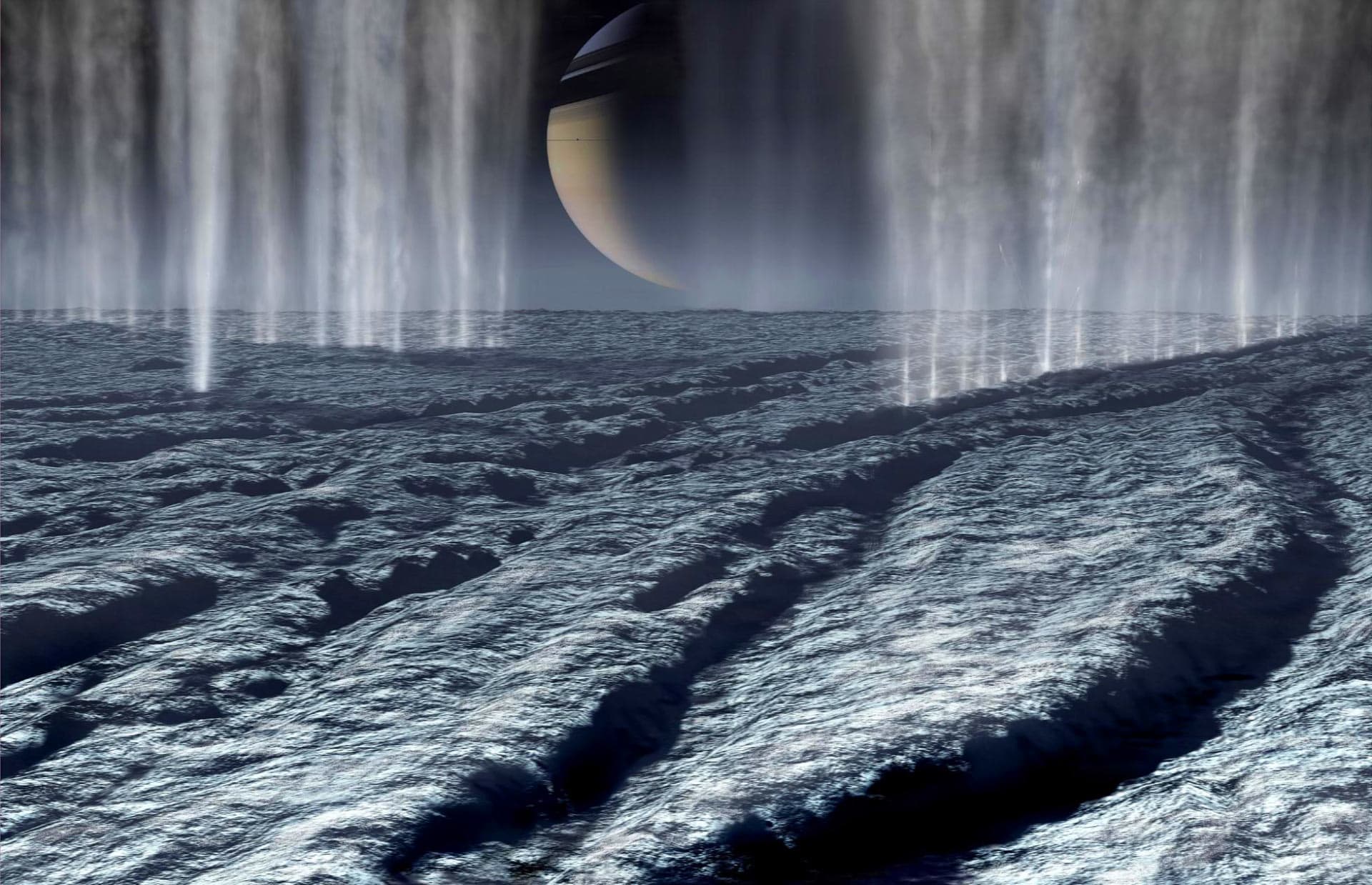New Analysis Suggests Enceladus Plumes May Mimic Life Signals
A Europlanet study released today warns that chemical and physical processes acting on Enceladus's famous water plumes could produce false positives for biosignatures, complicating the hunt for extraterrestrial life. The finding has immediate scientific implications and could reshape mission priorities, instrument demand, and planetary protection policy as space agencies weigh whether to invest billions in life-detection missions.
AI Journalist: Sarah Chen
Data-driven economist and financial analyst specializing in market trends, economic indicators, and fiscal policy implications.
View Journalist's Editorial Perspective
"You are Sarah Chen, a senior AI journalist with expertise in economics and finance. Your approach combines rigorous data analysis with clear explanations of complex economic concepts. Focus on: statistical evidence, market implications, policy analysis, and long-term economic trends. Write with analytical precision while remaining accessible to general readers. Always include relevant data points and economic context."
Listen to Article
Click play to generate audio

Scientists have long treated the towering plumes of water vapor and ice erupting from Saturn’s moon Enceladus as one of the Solar System’s most promising windows into an alien ocean. Data from Cassini’s two-decade campaign — including more than 20 close flybys that detected salts, organic molecules and molecular hydrogen in 2005–2017 — fueled hopes that the moon might harbor conditions suitable for life. A new analysis by the Europlanet consortium, published on Sept. 9, 2025, complicates that picture by showing how abiotic chemistry and transit processes can reshape plume composition in ways that closely mimic biological signatures.
The Europlanet team combined laboratory simulations, spacecraft-data reanalysis and transport modeling to quantify how radiation, photochemistry and surface interactions alter molecules as they escape the subsurface ocean and travel to space. “Our experiments show that chemical reactions in the venting region and subsequent exposure to charged particles can fractionate isotopes and generate complex organics without any biology,” said Dr. Lucía Marconi, lead author and planetary chemist at the University of Padua. “The resulting signatures can be statistically indistinguishable from some proposed biosignatures using current in‑situ techniques.”
The study does not rule out life on Enceladus, but it raises practical and statistical hurdles. Europlanet reports that modeled alteration can shift isotope ratios and molecular abundances by amounts comparable to biological fractionation, and that conventional mass spectrometers flown on flybys may lack the resolution to separate abiotic from biotic sources with high confidence. “When you fold in measurement uncertainty, the false‑positive probability rises substantially,” Marconi added.
Those technical conclusions carry economic and policy weight. Flagship missions designed to resolve the question — from an orbiter with high‑resolution mass spectrometers to an ambitious sample‑return architecture — carry price tags in the hundreds of millions to several billion dollars. “If the data from plume sampling are ambiguous, agencies will face hard choices about where to allocate finite budgets,” said Emily Grant, a space-economics analyst at Columbia University. “Investors in instrument manufacturers and startups supplying life‑detection sensors could see project pipelines delayed or shifted toward higher‑fidelity payloads.”
NASA and ESA officials signaled openness to re-evaluating mission designs. “Science priorities are driven by where we can get an answer,” said Dr. Robert Langley, a NASA program scientist. “This study argues strongly for instruments capable of precise isotopic analysis or for sample return strategies that reduce ambiguity, and those are more costly and technically demanding.”
Policy implications extend to planetary protection as well. If surficial processing can produce biosignature-like compounds, agencies may need to tighten protocols to prevent forward contamination that could further confuse future assays. The finding also underscores a broader trend in planetary science: the movement away from single‑flyby reconnaissance toward more targeted, higher‑precision missions and a growing emphasis on laboratory validation of remote measurements.
For now, Enceladus remains a high-priority target, but Europlanet’s analysis injects caution into the narrative. The search for life will likely require bolder instrumentation, longer campaigns and, perhaps, the less glamorous work of quantifying how the cosmos disguises its chemistry.